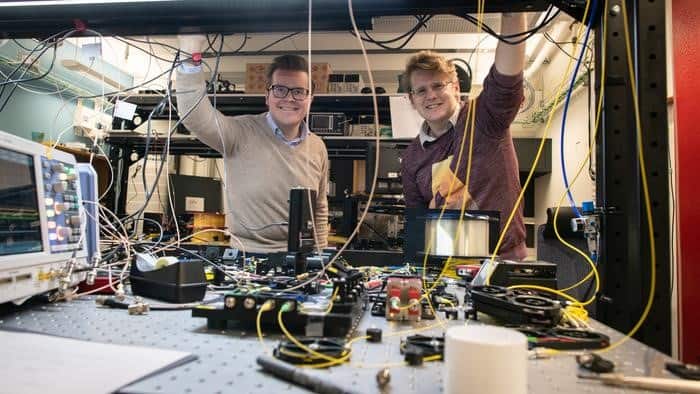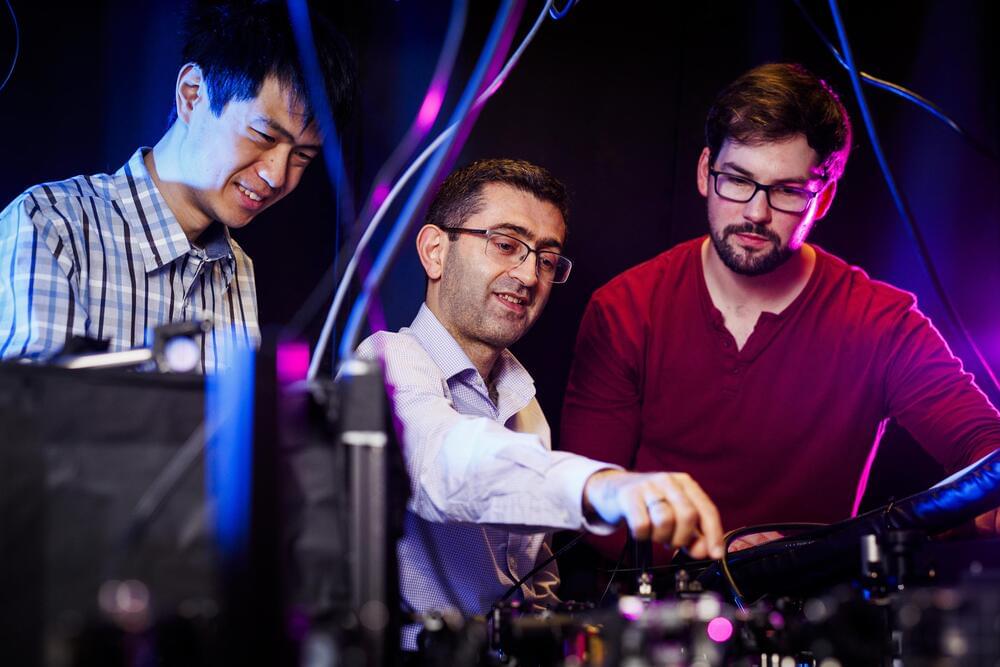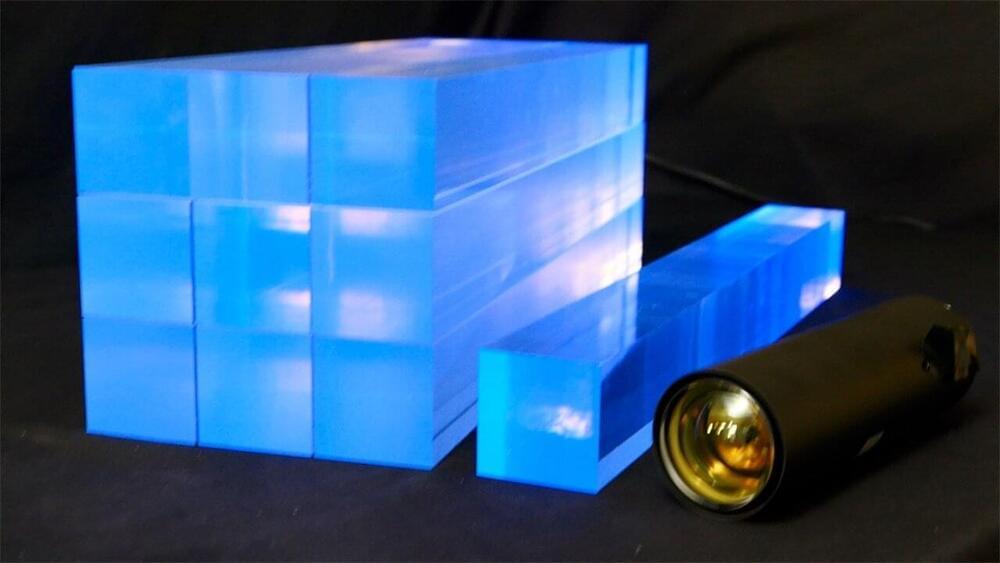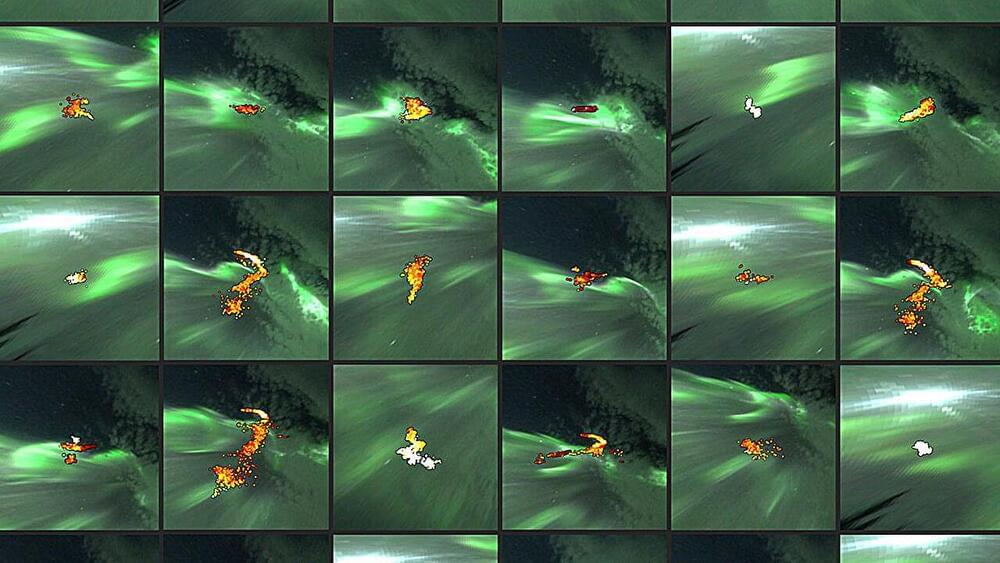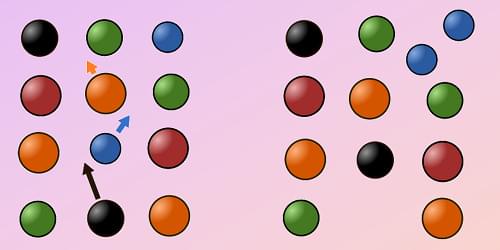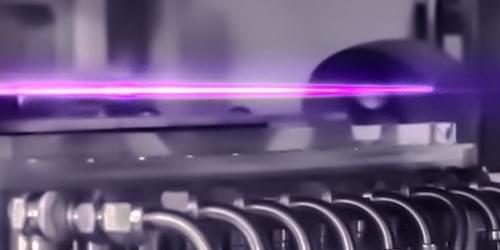The orbital angular momentum states of light have been used to relate quantum uncertainty to wave–particle duality. The experiment was done by physicists in Europe and confirms a 2014 theoretical prediction that a minimum level of uncertainty must always result when a measurement is made on a quantum object – regardless of whether the object is observed as a wave, as a particle, or anywhere in between.
In the famous double-slit thought experiment, quantum particles such as electrons are fired on-by-one at two adjacent slits in a barrier. As time progresses, an interference pattern will build up on a detector behind the barrier. This is an example of wave–particle duality in quantum mechanics, whereby each particle travels through both slits as a wave that interferes with itself. However, if the trajectories of the particles are observed such that it is known which slit each particle travelled through, no interference pattern is seen. Since the 1970s, several different versions of the experiment have been done in the laboratory – confirming the quantum nature of reality.
